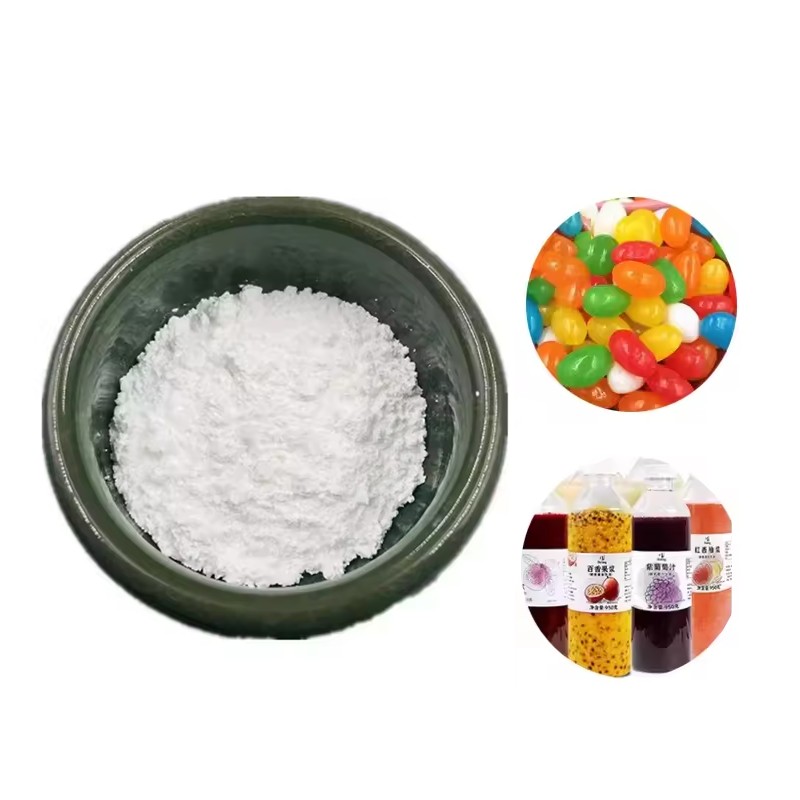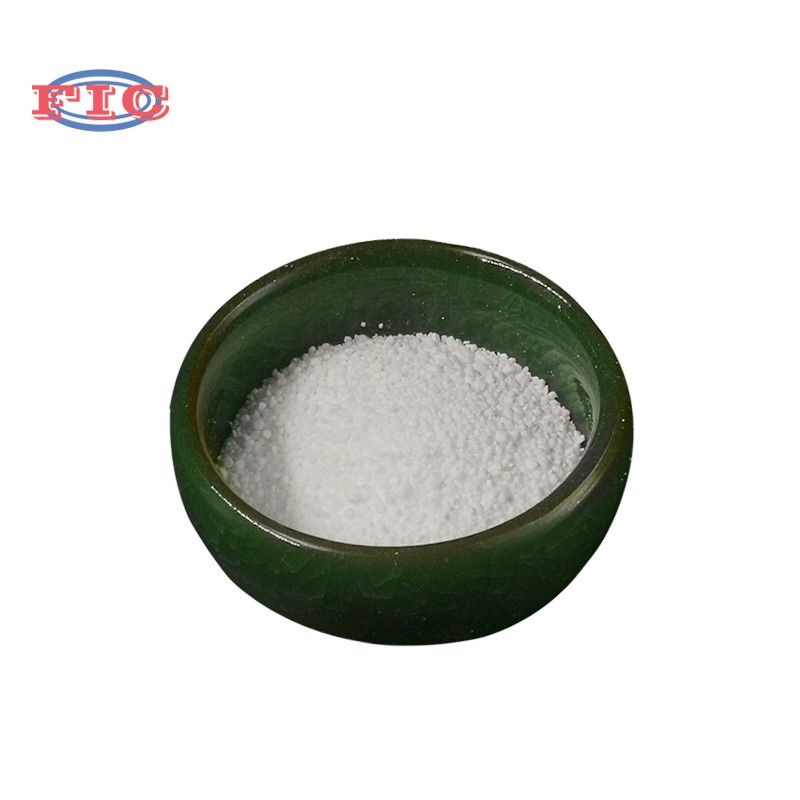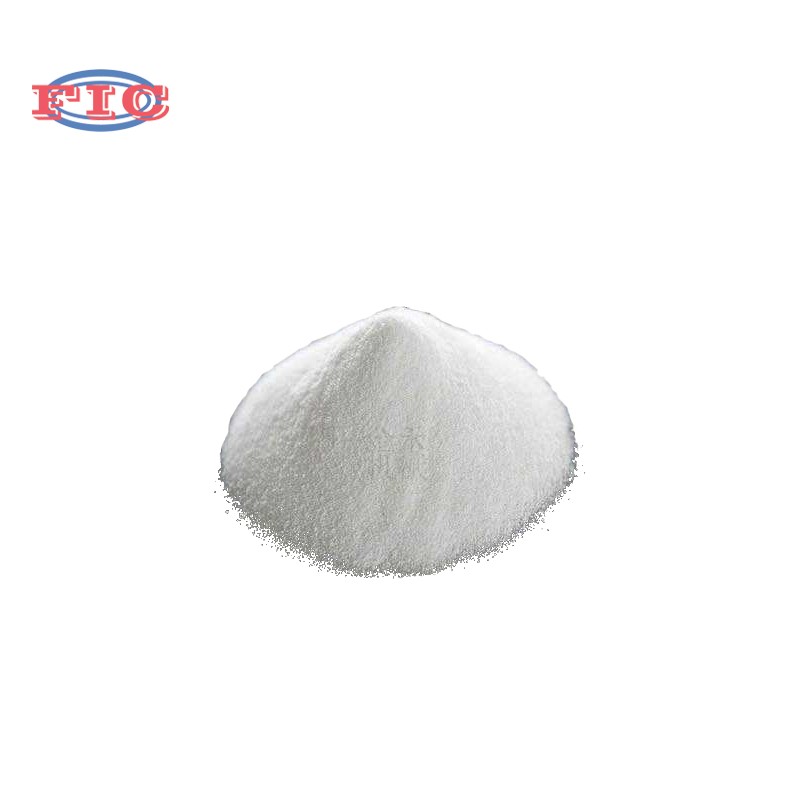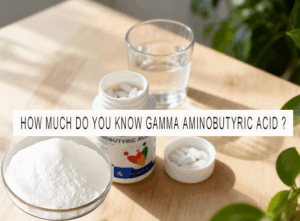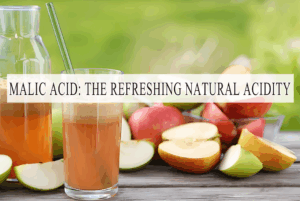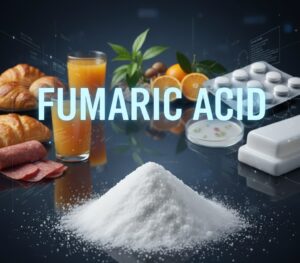Czy kiedykolwiek przeglądałeś listę składników swoich produktów do pielęgnacji skóry, artykułów spożywczych, a nawet leków i zauważyłeś terminy takie jak glicerol, gliceryna lub gliceryna? Te nazwy często pojawiają się w różnych kontekstach, pozostawiając wiele osób z pytaniem: Czy to to samo? Czym dokładnie jest ten związek i dlaczego jest tak szeroko stosowany? W tym artykule zanurzymy się w świat tej wszechstronnej substancji, badając jej strukturę, różne nazwy, a przede wszystkim jej zastosowania.
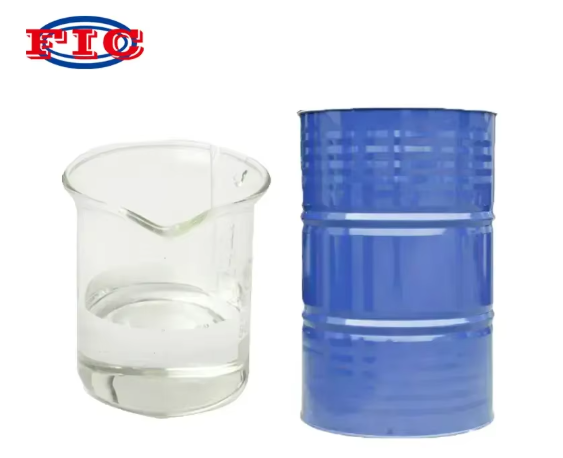
Struktura gliceryny
Zacznijmy od nauki. Chemicy nazywają ten związek gliceryną, a jego struktura chemiczna stanowi podstawę jego licznych zastosowań. Gliceryna to alkohol cukrowy, technicznie znany jako poliol, o wzorze sumarycznym C₃H₈O₃. Jej struktura składa się z łańcucha trzywęglowego, z których każdy jest przyłączony do grupy hydroksylowej (-OH). Ten unikalny układ nadaje glicerynie właściwości higroskopijne — oznacza to, że może przyciągać i zatrzymywać cząsteczki wody. To główny powód, dla którego pojawia się w tak wielu produktach, szczególnie tych związanych z pielęgnacją skóry i zdrowiem.
Grupy hydroksylowe w strukturze glicerolu czynią go również doskonałym rozpuszczalnikiem i środkiem zmiękczającym. Może dobrze mieszać się zarówno z wodą, jak i olejami, co pozwala mu odgrywać kluczową rolę w tworzeniu stabilnych emulsji w balsamach, kremach i innych formulacjach. Zrozumienie tej struktury pomaga wyjaśnić, dlaczego gliceryna jest tak cenionym składnikiem w różnych branżach.
Gliceryna, gliceryna czy glicerol: jaka jest różnica?
Zastosowania gliceryny w żywności
1. Substancja nawilżająca zatrzymująca wilgoć
Jedną z najważniejszych ról glicerolu w żywności jest jego funkcja humektanta. Przyciągając i zatrzymując wilgoć, glicerol pomaga zachować miękkość i świeżość wypieków, wyrobów cukierniczych i przetworzonego mięsa. Na przykład w pieczywie i ciastach zapobiega procesowi czerstwienia, utrzymując miękisz wilgotny, przedłużając okres przydatności produktu bez uszczerbku dla jego tekstury.
2. Rozpuszczalnik i nośnik dla aromatów i kolorów
Glicerol jest doskonałym rozpuszczalnikiem w formulacjach żywności i napojów, szczególnie w przypadku substancji, które nie są rozpuszczalne w wodzie. Skutecznie rozpuszcza związki smakowe, olejki eteryczne i barwniki spożywcze, zapewniając równomierne rozprowadzenie w całym produkcie. W napojach, takich jak wody smakowe, napoje energetyczne i likiery alkoholowe, glicerol pomaga stabilizować emulsje i zapobiega oddzielaniu się aromatów na bazie oleju od fazy wodnej.
3. Naturalny słodzik o niskiej zawartości kalorii
Dla producentów, którzy chcą zmniejszyć zawartość cukru bez poświęcania słodkości, glicerol oferuje realne rozwiązanie. Podczas gdy zapewnia łagodny, słodki smak (około 60% tak słodki jak sacharoza), zawiera mniej kalorii. Dzięki temu jest atrakcyjną opcją dla żywności niskokalorycznej, niskowęglowodanowej lub przyjaznej dla diabetyków.
4. Teksturyzator i substancja wypełniająca w produktach o niskiej zawartości tłuszczu
W erze świadomych konsumentów popyt na żywność o niskiej zawartości tłuszczu lub o obniżonej zawartości tłuszczu znacznie wzrósł. Glicerol odgrywa kluczową rolę w tych formułach, działając jako środek zwiększający objętość i teksturujący. W wypiekach, takich jak ciasteczka i muffiny o niskiej zawartości tłuszczu, zastępuje część tłuszczu, przyczyniając się do uzyskania delikatnego miąższu i zapobiegając wysuszeniu lub zgęstnieniu produktu. Bez glicerolu produkty o niskiej zawartości tłuszczu często mają słabą konsystencję i odczucie w ustach, ale ten składnik pomaga naśladować właściwości sensoryczne odpowiedników pełnotłustych. Podobnie w przetworzonych przekąskach i żywności ekstrudowanej glicerol poprawia proces ekspansji podczas produkcji, co skutkuje lżejszą, bardziej chrupiącą konsystencją przy jednoczesnym zmniejszeniu ogólnej zawartości tłuszczu.
5. Zagęszczacz i emulgator w napojach i likierach
>>>>>>>>>>>>>>>>>>>>>>>>>>>>>>>W napojach alkoholowych, szczególnie likierach i napojach na bazie śmietany, glicerol służy jako naturalny zagęszczacz, wzmacniając ciało i smak produktu. Dodaje gładką, syropową konsystencję bez potrzeby stosowania sztucznych zagęszczaczy, co jest wysoko cenione w przypadku alkoholi premium i likierów rzemieślniczych.

Podczas gdy gliceryna jest powszechnie chwalona za swoją rolę w recepturach żywności i napojów, jej zastosowania wykraczają daleko poza sferę kulinarną. Ten wszechstronny związek, pochodzący ze źródeł naturalnych, takich jak oleje roślinne lub poprzez syntezę przemysłową, stał się kluczowym składnikiem w opiece zdrowotnej, pielęgnacji osobistej, farmaceutykach i różnych dziedzinach przemysłu. Jest stosowany jako zmiękczacz, modyfikator lepkości i rozpuszczalnik w przemyśle farmaceutycznym. Jednocześnie gliceryna może być również stosowana jako dodatek do kosmetyków, past do zębów i aromatów spożywczych.
Podsumowując, glicerol (znany również jako gliceryna lub gliceryna) to coś więcej niż tylko prosty składnik; to niezwykle wszechstronny związek, który stanowi podstawę wielu produktów, których używamy codziennie. Od unikalnej struktury chemicznej z wieloma grupami hydroksylowymi, które nadają mu wyjątkowe właściwości higroskopijne (przyciągające wilgoć), po różnorodne zastosowania w pielęgnacji skóry, żywności, farmaceutykach i procesach przemysłowych, zrozumienie glicerolu pomaga nam docenić naukę stojącą za codziennym komfortem i jakością. Ponieważ konsumenci coraz częściej stawiają na skuteczność i naturalne składniki, udowodnione korzyści glicerolu jako humektanta, rozpuszczalnika, słodzika, teksturyzatora i emulgatora nadal umacniają jego niezastąpioną rolę w branżach na całym świecie. Tak więc następnym razem, gdy natkniesz się na glicerol na etykiecie, będziesz wiedział, że patrzysz na prawdziwą cząsteczkę konia roboczego, pracowicie pracującą nad ulepszeniem wszystkiego, od ulubionego kremu nawilżającego po najdelikatniejsze wypieki.
Więcej szczegółów:Poznaj nasze produkty glicerynowe

